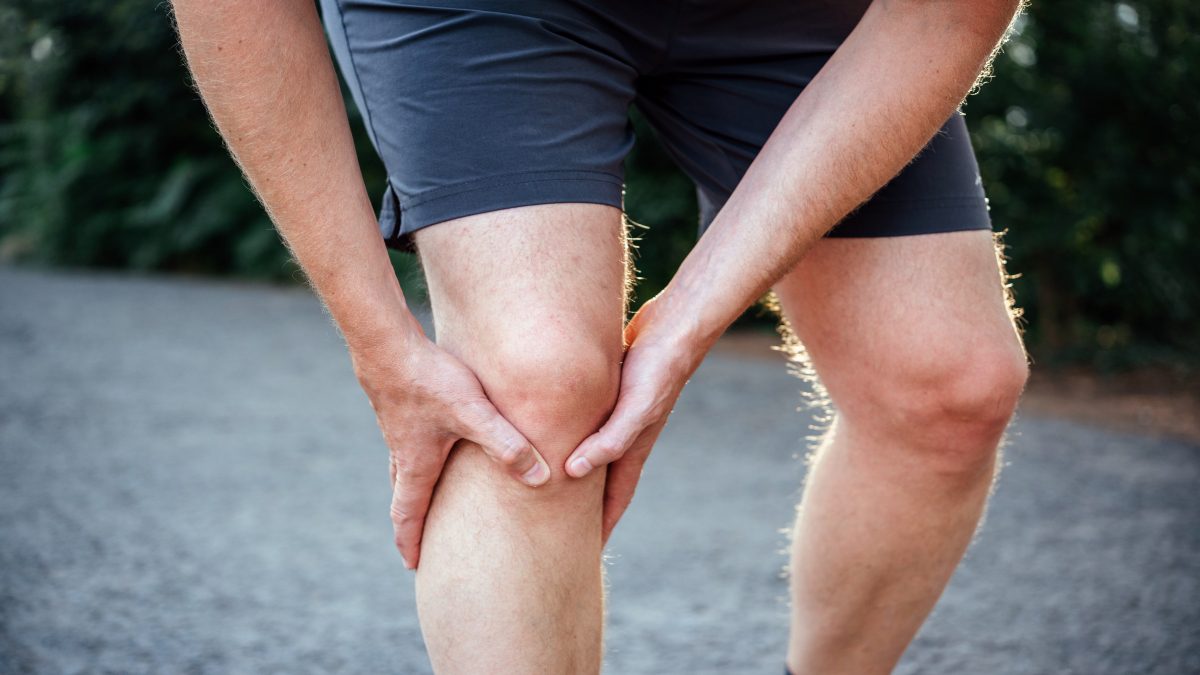Bursitis symptoms
The symptoms of bursitis depend on how much inflammation is present and which bursae are being affected. Symptoms often include:
- Swelling, inflammation, and pain near and in the affected joints. Most often, this includes the knees, hips, elbows, or shoulders. The pain increases with movements such as stretching, exercising, or lifting.
- Loss of or decreased movement in the affected joint. This most frequently affects the shoulder and may or may not cause pain.
- Loss of muscle strength because of pain.
Knee bursitis symptoms
Typically, you may experience warm sensations, tenderness, and swelling when you press on the affected portion of your knee. In addition, you may feel pain when you either move the knee or keep it at rest.
The symptoms of knee bursitis can appear rapidly following a sharp blow.
Hip bursitis symptoms
The primary hip bursitis symptom is pain in the hip. You may experience sharp or shooting pain or a dull ache in your hip.
Foot bursitis symptoms
Foot affected by bursitis may be swollen, warm and red. You may also feel pain while touching the foot, walking, standing on your tiptoes, or bending your foot.
Ischial bursitis symptoms
Symptoms of ischial bursitis include swelling and tenderness in the lower buttock and hip area, pain during sitting, and stretching of the hip and buttock. In addition, you may experience an inability to extend the hip.
Elbow bursitis symptoms
Elbow bursitis may lead to such symptoms as swelling, redness, and warmth in your elbow and nearby area. The common symptoms also include painful sensations in the elbow under direct pressure and during resting.
Shoulder bursitis symptoms
Shoulder bursitis symptoms include discomfort in the shoulder when lying, pain in the shoulder area that worsens while lifting the arm to the side. Also, pain may get worse when you try to push objects or “circle” your arm.
Notify your doctor if:
- Your joint pain lasts more than a few days.
- You cannot move the affected area.
- You have an unusual amount of swelling near a joint.
- You have a fever or chills in addition to your other symptoms of bursitis.
Bursitis diagnosis
Physicians typically make a bursitis diagnosis by taking your medical history and performing a physical examination. In some cases, if additional tests are needed, your doctor may order imaging studies including:
- X-rays: These images cannot positively confirm a bursitis diagnosis, but they can help rule out other causes of your symptoms.
- MRI or Ultrasound: These procedures may be ordered if your physician cannot easily diagnose your condition based only on your history and a physical examination.
Your doctor may also order specific blood tests or take a fluid sample from the affected bursa for analysis. This can help find the exact cause of the pain and inflammation of your joint.
Click Here to read about Treatment.
















Leave a Reply
You must be logged in to post a comment.